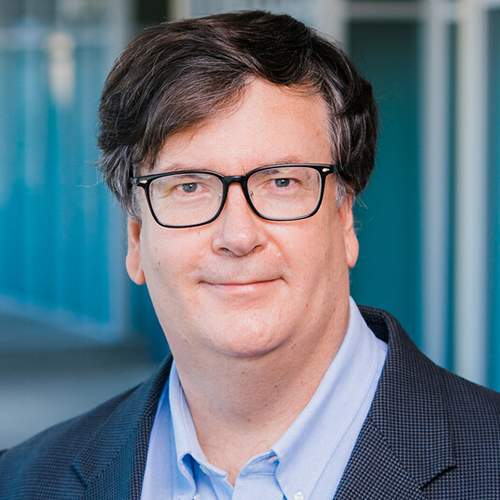![]()
 Allan Zajac, Ph.DAllan Zajac, Ph.D., professor in the Department of Microbiology, is the latest winner of the Heersink School of Medicine’s Featured Discovery. This initiative celebrates important research from Heersink faculty members.
Allan Zajac, Ph.DAllan Zajac, Ph.D., professor in the Department of Microbiology, is the latest winner of the Heersink School of Medicine’s Featured Discovery. This initiative celebrates important research from Heersink faculty members.
Zajac’s study, “Intrinsic IL-2 production by effector CD8 T cells affects IL-2 signaling and promotes fate decisions, stemness, and protection,” was published in Science Immunology.
“In this report, we set out to determine how the functional properties of a specific population of immune effector cells, in this case, CD8 T cells, regulated their ability to protect against viral infection and establish long-lived immunity,” Zajac said.
The team discovered that the ability to synthesize the immune regulatory molecule interleukin-2 (IL-2) was an essential feature that identified subsets of CD8 T cells that could elicit strong and protective responses soon after infection.
“By tracking the fates of the IL-2-producing and non-producing CD8 T cells over time, they determined that this differential protective power was lost as the response matured,” Zajac said. “These findings have important implications for understanding how protective immune responses are established, regulated, and maintained.”
Read more from UAB News about Zajac’s work.
The Heersink School of Medicine communications staff sat down with Dr. Allan Zajac to gain insights about the research of this study, UAB, and the science community.
Q: What compelled you to pursue this research?
For many years I’ve been interested in what drives a successful protective immune response to infections versus an unsuccessful response, which leads to either the failure to eliminate the pathogen or pathology that damages the patient. In this study, we had the opportunity to functionally dissect the CD8 T cell response using novel reporter systems developed here at UAB and ask whether specific functional subsets of these cells were more or less protective. Once these systems became available, I jumped at the opportunity to conduct the experiments. The systems in place allowed us to ask which constituents of this overall pool of CD8 T cells are critical for protecting against infections that are usually never controlled and how these protective properties change over time.
Q: What was your most unexpected finding?
There are two findings that surprised me the most. The first is that the protective populations change over time. During the early stages of infection, the T cells capable of manufacturing interleukin-2 (IL-2) are clearly the most protective, but months later, the ability to produce IL-2 does not appear to matter. This was unexpected as several previous reports had suggested that the IL-2 producers would retain their superior ability to protect, even at later time points. The second surprise was that IL-2 is usually considered to be a secreted molecule that signals to the surrounding cells to direct their fates and properties. Our study demonstrates that the synthesis of IL-2 also has a profound impact on the producer cell and shuts down its ability to receive certain IL-2 signals.
Q: How do you feel your research will impact the science community?
One of the advantages of model systems is that the findings are typically broadly applicable. Examples of this include our prior studies on T cell exhaustion and the roles of interleukin-21 in regulating immunity. For the current report, my hope is that the findings provide foundational insights into how CD8 T cell responses are regulated and how protective immunity is established and resets over time. I expect that this will not only broadly apply to immunity to viral infections but also other intracellular pathogens, as well as positively contribute to our understanding of which T cells are most effective at combatting cancers.
Q: What made you come to UAB?
When I came to interview in 1998, I did not know a lot about UAB. Within hours I knew that I had arrived in a scientific Shangri-la. I met with faculty who had built their careers here and are now pinnacles in their own fields, including National Academy members. Over the decades, they had decided to remain at UAB, as this was the best place to be. The atmosphere was warm and welcoming, and everything seemed possible. Now I’ve been here for over 20 years myself!
Q: What do you find makes the science community here unique?
I have truly awesome colleagues who I admire as scientists. It is an exciting environment as new cutting-edge discoveries are being made every day, and it is inspiring to be embedded within this group. If I were to identify the one factor that makes our scientific community unique, I would say that it is very collaborative. In this study, I had the pleasure of working with faculty across four different departments and with wonderful trainees and staff. It could not have been done without them!